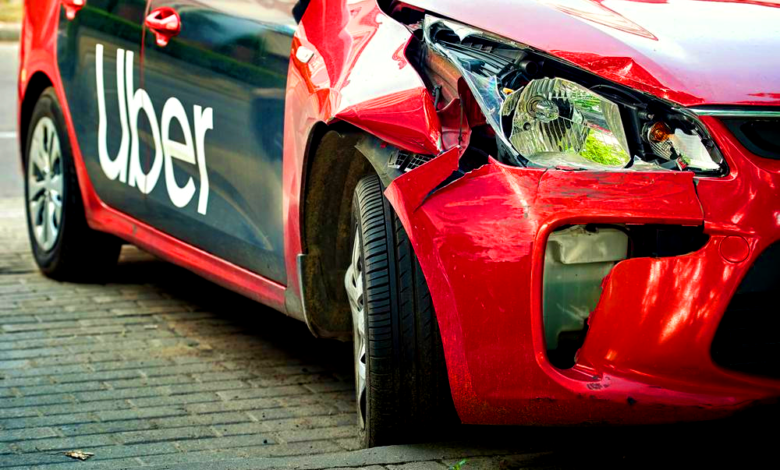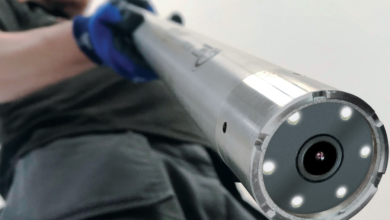Is Car Damage Pay by Uber in 2025
If their insurance policy covers it, Uber will pay for car damage. The driver's app status and actions during the collision determine coverage.

As Uber continues to dominate the ridesharing industry, drivers often wonder about their rights and protections, particularly regarding vehicle damage. With updated policies and regulations introduced in 2025, it’s crucial to understand whether Uber pays for car damage and under what circumstances. This article dives deep into the specifics, helping drivers make informed decisions.
Understanding Uber’s Insurance Policy in 2025
Uber offers a tiered insurance structure for its drivers. The policy coverage varies depending on the driver’s status in the app—whether the driver is offline, waiting for a ride request, or actively transporting passengers. Here’s how it works:
- Offline Status: When a driver is not logged into the Uber app, they are essentially off duty. During this time, Uber does not provide any insurance coverage. Drivers must rely on their personal auto insurance to handle any accidents or vehicle damage.
- Waiting for a Ride Request: Once the driver is online and waiting for a ride request, Uber’s contingent liability coverage kicks in. However, this only applies to third-party damages and does not cover physical damage to the driver’s car.
- En Route or During a Trip: The most comprehensive coverage is active when a driver has accepted a ride request and is either on the way to pick up the passenger or actively transporting them. During this phase, Uber’s commercial insurance policy includes:
- Third-Party Liability: Covers injuries or property damage caused to others.
- Contingent Collision and Comprehensive Coverage: Covers damage to the driver’s vehicle, but only if the driver also has personal collision coverage. A deductible—typically around $2,500—applies.
Scenarios Where Uber May Pay for Car Damage
Let’s explore specific scenarios to determine whether Uber will cover the cost of car damage:
1. Accidents During Active Trips
If an accident occurs while a driver is en route to pick up a passenger or during an active trip, Uber’s contingent collision and comprehensive coverage apply. For instance, if another vehicle collides with the driver’s car during a trip, Uber’s policy may cover the repair costs after the deductible is paid. However, the driver must ensure their personal insurance policy includes collision coverage.
2. Accidents While Waiting for a Ride Request
In 2025, Uber’s insurance does not cover vehicle damage during the “waiting” period. If a driver’s car is damaged in this situation, they must rely on their personal insurance or pay for repairs out of pocket.
3. Hit-and-Run Incidents
If a driver’s vehicle is damaged in a hit-and-run while actively transporting a passenger, Uber’s comprehensive coverage may apply. However, drivers need to report the incident promptly and provide all necessary documentation, such as a police report.
4. Acts of Vandalism or Theft
Uber’s policies do not generally cover acts of vandalism or theft unless the driver’s personal insurance includes comprehensive coverage. Even then, Uber’s coverage is secondary and may require a deductible payment.
What Uber Drivers Need to Know About Deductibles
A key point in Uber’s insurance policy is the deductible. In 2025, Uber’s deductible for collision and comprehensive coverage remains at $2,500. This means drivers must pay the first $2,500 of repair costs out of pocket before Uber’s insurance kicks in. For minor damages, the repair costs may fall below this threshold, leaving drivers responsible for the full amount.
Situations Not Covered by Uber
Uber’s insurance policies have clear limitations. Here are scenarios where Uber does not pay for car damage:
- Personal Use of the Vehicle: If a driver’s car is damaged while being used for personal purposes, they must rely entirely on their personal insurance policy.
- Mechanical Failures or Wear and Tear: Routine maintenance issues like engine failure, tire replacement, or brake repairs are not covered by Uber’s insurance.
- Driving Off the Clock: Uber’s insurance coverage only applies when the driver is actively using the app. Any damage occurring while the driver is offline is excluded.
Tips for Uber Drivers to Protect Themselves in 2025
Since Uber’s insurance has limitations, drivers should take proactive steps to safeguard themselves and their vehicles:
- Upgrade Personal Insurance: Ensure your personal auto insurance policy includes collision and comprehensive coverage. Some insurers offer rideshare-specific policies, which can provide additional protection.
- Understand Your Coverage: Familiarize yourself with Uber’s insurance terms and conditions. Knowing what is and isn’t covered can save you from unpleasant surprises.
- Document Everything: In case of an accident, take photos, gather witness statements, and file a police report. Providing thorough documentation can expedite the claims process.
- Maintain Your Vehicle: Regular maintenance reduces the risk of accidents caused by mechanical failures. Keep records of all maintenance activities as proof of diligence.
- Consider Additional Coverage: Some drivers invest in supplemental insurance policies to bridge the gap between Uber’s coverage and their needs.
The Future of Uber’s Insurance Policies
As the ridesharing industry evolves, so do insurance policies. In 2025, Uber has hinted at exploring enhanced insurance options, including lower deductibles and expanded coverage for drivers. However, these updates may come with higher service fees or subscription-based models.
Conclusion
So, does Uber pay for car damage in 2025? The answer depends on the circumstances. While Uber provides robust coverage during active trips, drivers are largely responsible for damages incurred while waiting for ride requests or driving off the clock. By understanding Uber’s insurance policies and taking proactive measures, drivers can better protect themselves and their vehicles. Stay informed, and you’ll be well-prepared to navigate the complexities of rideshare driving in 2025.












